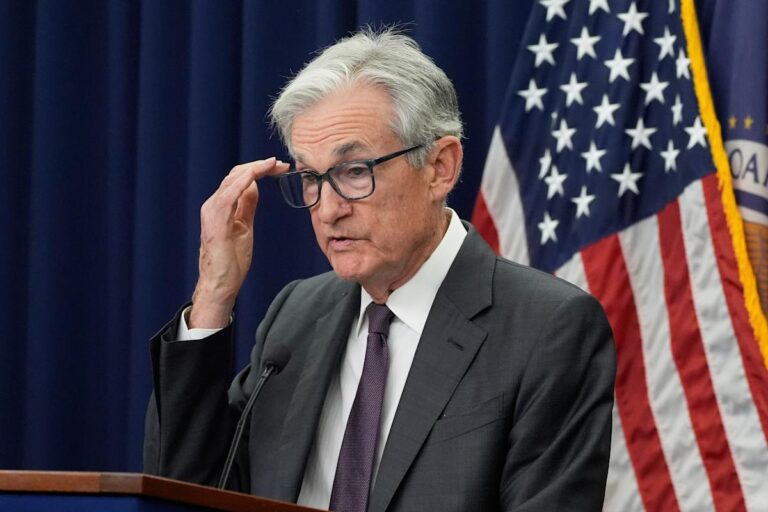This is The Takeaway from today’s Morning Brief, which you can sign up to receive in your inbox every morning along with:
The US labor market has not been adding nearly as many jobs as initially reported.
Friday’s jobs report showed the US economy added 73,000 jobs while the unemployment rate moved higher to 4.2%.
But the portion of the release that sent markets stumbling was “larger than normal” revisions to previous reports, according to the Bureau of Labor Statistics.
Changes to May’s and June’s reports showed more than a quarter million fewer jobs were added to the economy over those months. May’s job gains were revised down to 19,000 from 144,000, while June’s additions were cut to just 14,000 from the 147,000 initially reported.
Monthly jobs numbers are always revised in later months. But these are not standard revisions. Outside of the 2020 pandemic, May and June’s downward revisions were the largest since at least 1979, according to data compiled by Yale Budget Lab’s director of economics Ernie Tedeschi.
The job revisions came just two days after the Federal Reserve opted to hold interest rates steady at its July meeting despite two officials dissenting and arguing the central bank should be lowering interest rates. In the subsequent press conference, Fed Chair Jerome Powell described the labor market as “solid” and pointed to a “historically low” unemployment rate as a key metric to watch when assessing the health of the jobs picture in America.
Powell admitted job creation has shown slowing, but that has come with a decrease in labor supply due to less immigration, therefore keeping the broad labor market picture in balance.
But market pricing and economists argue Friday’s report was likely a game changer for the overall economic narrative and how the Fed will move forward. Following Friday’s jobs report, the probability of a September interest rate cut from the Fed surged to 83%, up from just 38% the day prior, per the CME FedWatch Tool.
“Surely, Chair Powell wishes he had these numbers 48 hours ago,” Jefferies chief US economist Thomas Simons wrote in a note to clients. “A much more downbeat view on the health of the labor market would have made a more dovish message easier to deliver with confidence.”
Powell has argued the unemployment rate is the most important metric in the labor market to watch right now. At 4.2%, it’s still historically low, but it did move higher in July. The number of Americans filing for weekly unemployment claims has also been calm. This illuminates the fact that Friday’s job revisions aren’t sounding a code red alarm on the labor market.
Story Continues
